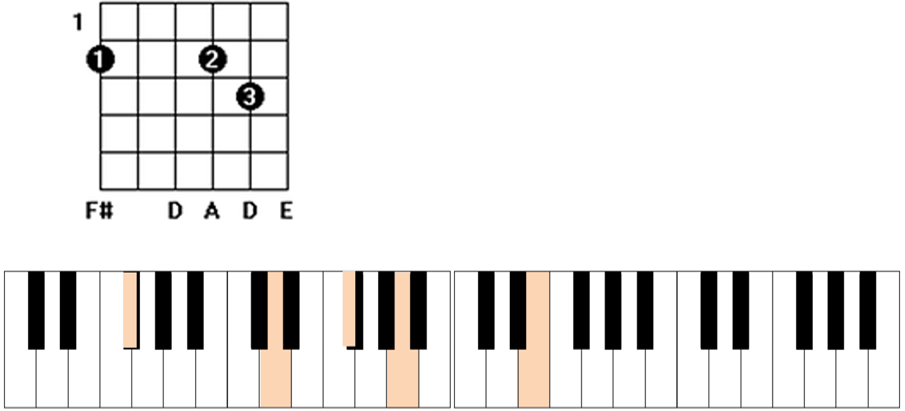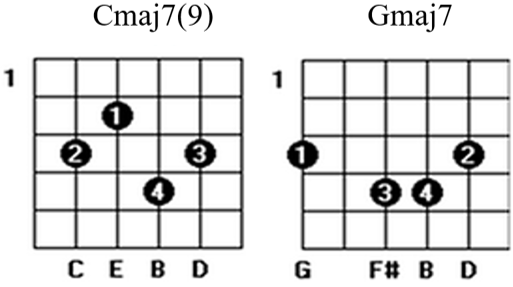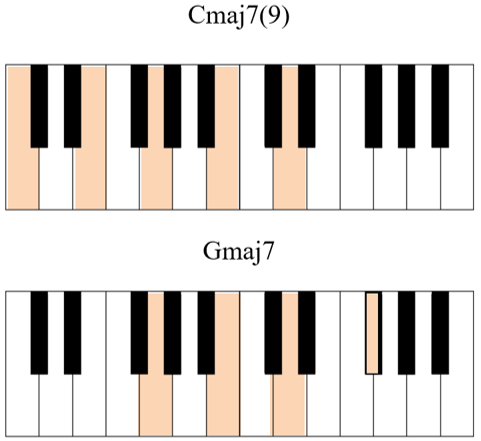Reharmonizing is to modify the harmonic structure of a song. To achieve this, the musicians work on several concepts, many of which we have already seen here in this website.
How to reharmonize a song
Speaking in a more practical sense, reharmonizing is to get a song that is ready and change its harmony, maintaining its original melody. Let’s say your friend comes to you and shows you a song he made. With reharmonization concepts, you can take his song and improve it, creating a more complex and interesting structure.
Another use is to work on songs that are already well known. For example, you might want to play a famous hit, but with a new version, to show your personality. In order to achieve this, it would be necessary to reharmonize its structure.
Remember, however, that the most complex is not always the most beautiful. The main function of reharmonization is to provide a basis for alternative ideas, the quality of which will depend on the good taste of the composer.
Many arrangers and composers make a living doing this. People come to them with songs they want to record, making dry, square chords (which are the only ones they know). Then the arrangers observe the intention of the “artist” and reharmonize the song, improving the structure and enriching the composition according to the taste and motivation of their client.
You will realize, throughout this study that any reharmonization needs to be done considering the melody. The melody will say what we can and cannot do. This topic will emphasize this point a lot, showing how the melody is the actual lead and what we can invent based on it.
Reharmonization Techniques
In order for you to have this articulation that we discussed and learn this concept well, we will show you 6 possible ways of reharmonization here:
1) With increment of notes to the chords.
2) With replacement of chords with the same harmonic function.
3) With replacement of the musical mode used.
4) With the use of progressions and cadences.
5) With modulations.
6) With Borrowed Chords.
We will demonstrate each method separately, as each approach is quite extensive. Let’s see the first case:
1) Increment of notes to the chords:
This reharmonization is nothing more than adding notes to the song’s chords. Many authors do not classify this increment as reharmonization, but here we will consider any change in harmony as reharmonization (even if it is just modifying isolated notes in the chords). Then consider that a song was formed by the following chords:
| G | D | Em | C |
A first idea that we could have for this song would be to add the seventh to each of these chords, forming tetrads rather than triads. We would be left with:
| Gmaj7 | D7 | Em7 | Cmaj7 |
This structure would already give a new body to the song. But maybe the singer didn’t like this D7 saying that it became too aggressive. So, you use a D9, which is much smoother:
| Gmaj7 | D9 | Em7 | Cmaj7 |
Since, on the D9 chord on the guitar, the ninth (E note) replaced the third (F# note), we can take the opportunity to put the F# note on the bass.
See the D9/F# chord:

This also would make an interesting sequence in the bass of the song; that would be decreasing: G, F#, E:
| G7M | D9/F# | Em7 | C7M |
As we will have a return to G7M after C7M, and as the fifth of G7M is D, we could add this D to C7M (it would be the ninth of C7M) to let this structure more static. See the examples below:


Notice how the note of the second string (D) did not move in the transition between these chords on the guitar (on the keyboard we had 3 static notes). This technique of trying to maintain some static notes during the transition of chords is widely used, as it makes the harmony smooth. This is called a “pedal point“.
Many composers argue that the fewer “punches” and abrupt changes of octaves in music, the more pleasant and smooth the harmony will be. We should try to play notes that are close to each other, with little traveling of our fingers. On the keyboard, this approach is very practiced on chords, as we have already seen.
Keyboard players usually look for the best inversions and shapes to play “closely”, without jumping too much on the keys. It’s interesting for you to think about tension notes considering that. Try to make sure that there is little movement of your fingers with each chord change. Of course, smoothness is not always going to be your sonic goal, but when it is, remember that.
Well, now compare our initial harmony with the final one:
| G | D | Em | C |
| Gmaj7 | D9/F# | Em7 | Cmaj7(9) |
This was just an idea. We could also think about placing fourths, sixths, inverting some chords, etc., so there will always be countless possibilities to work with. Just consider the tonality that we are in and include the tension notes that are pleasant to your taste, while also combining the static effect that we mentioned and the movement of the bass.
All of this can be taken into account when working with this type of reharmonization. Consider that, although some tension notes de-characterize some chords (depending on the context), any tension can be valid as a surprise factor, as long as there is no shock with the melody.
The next reharmonization feature will be discussed in part 2 of this topic.
Now it’s time to consider another feature:
2) Replacement of chords with the same harmonic function:
Blocked content…
Read the continuation of this article and many other full articles in the Simplifying Theory PDF Booklet.
Go to: Advanced Blues harmony
Back to: Module 12
